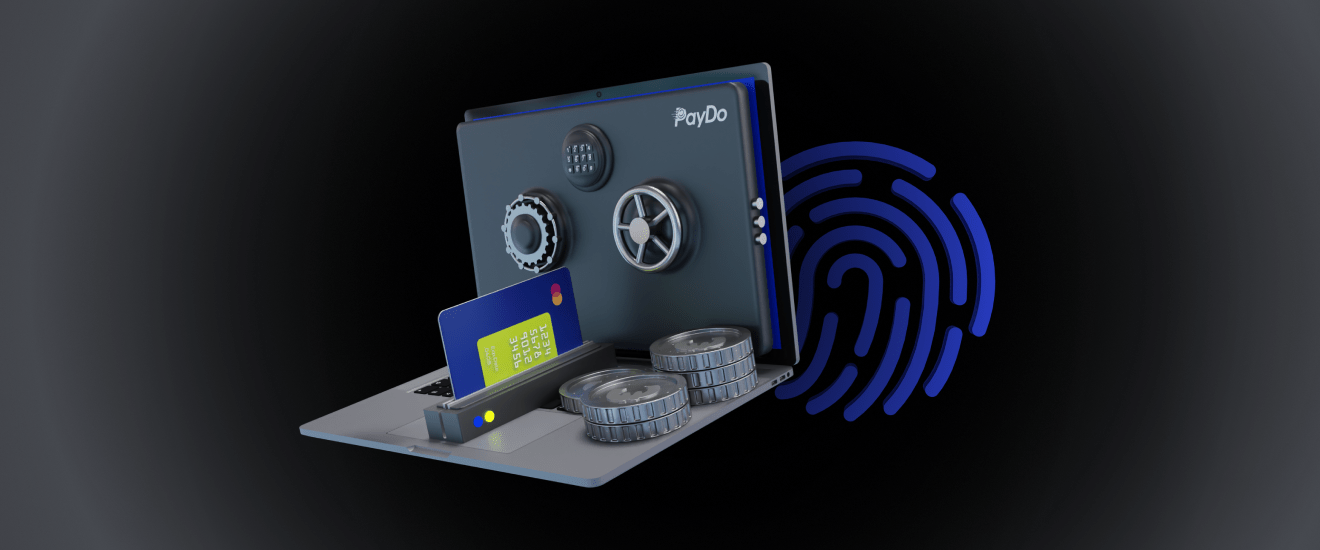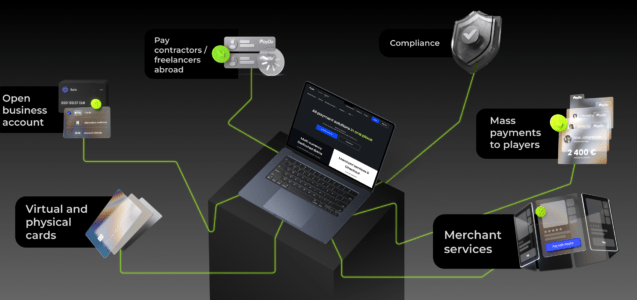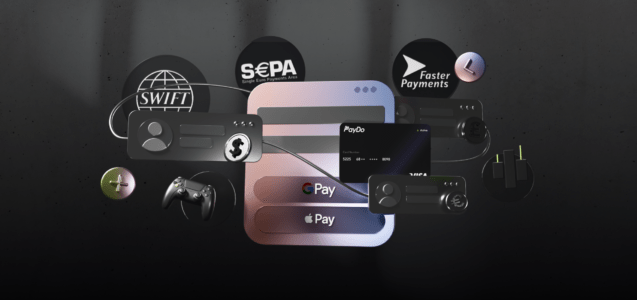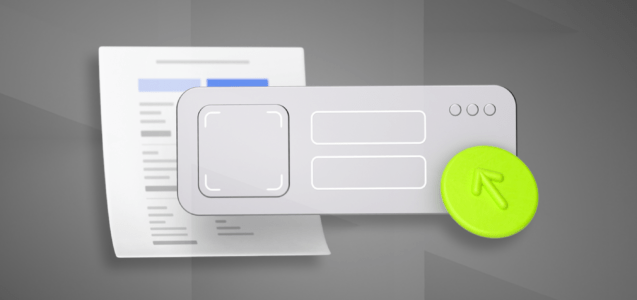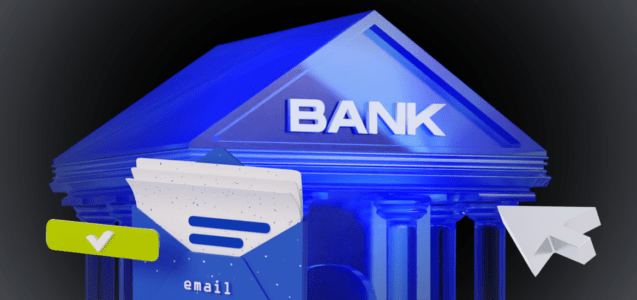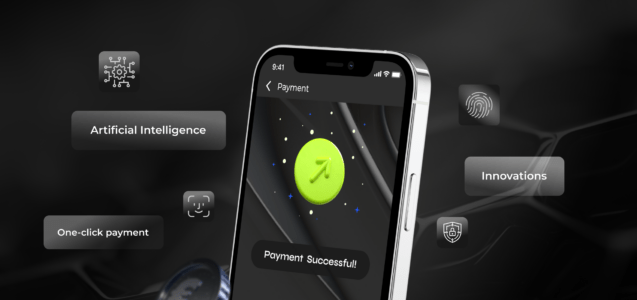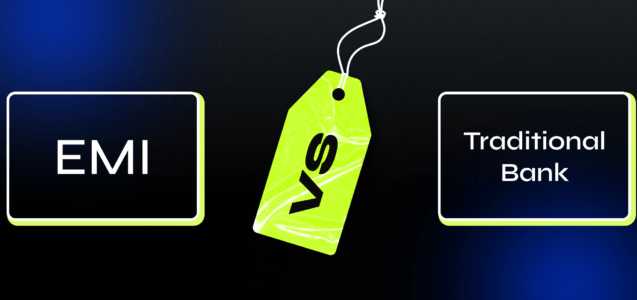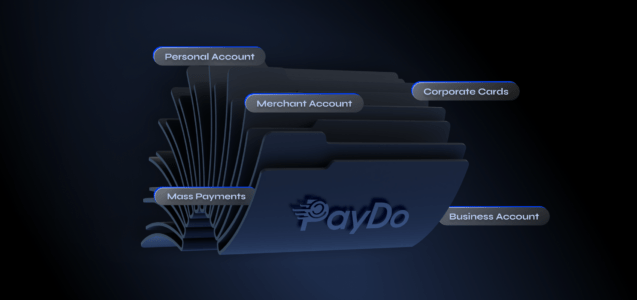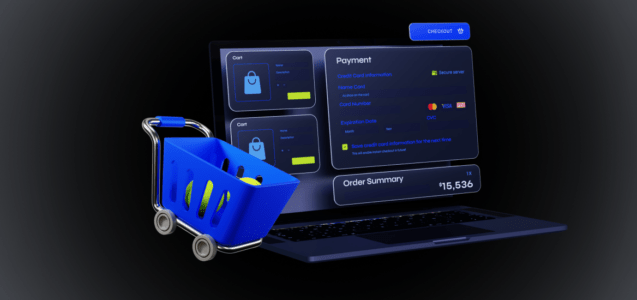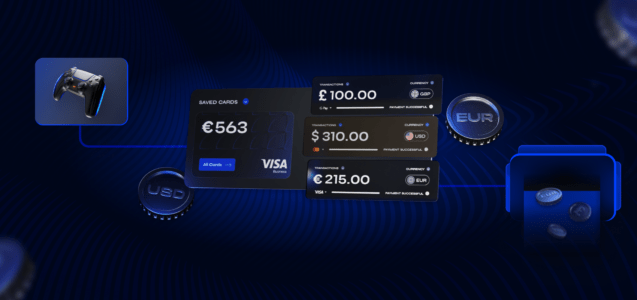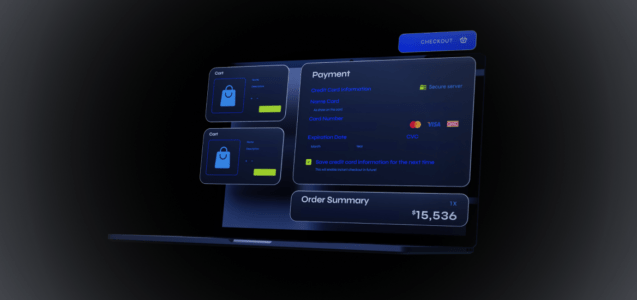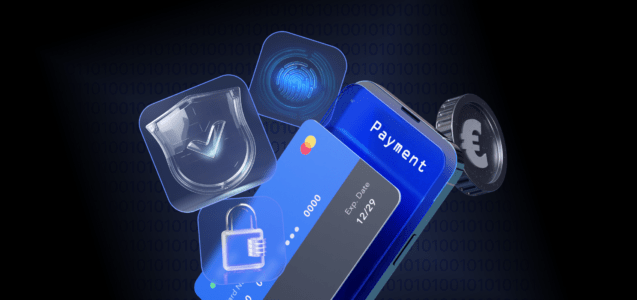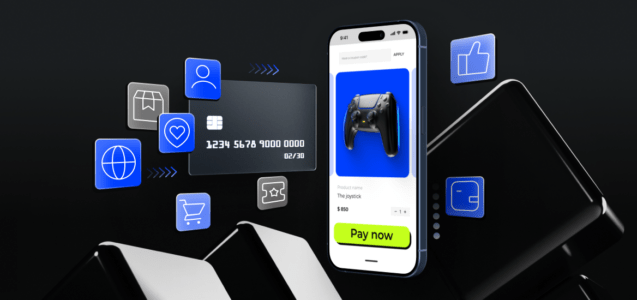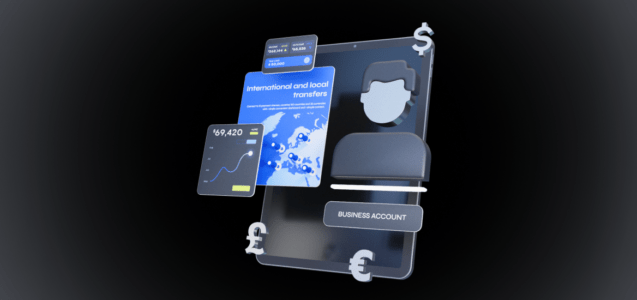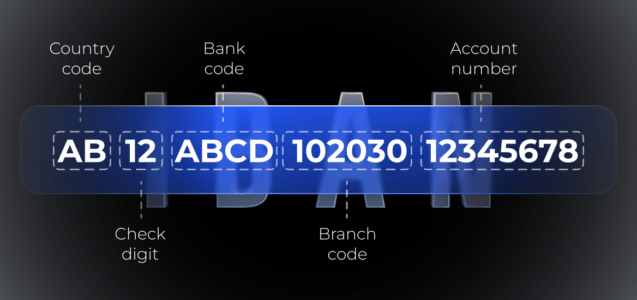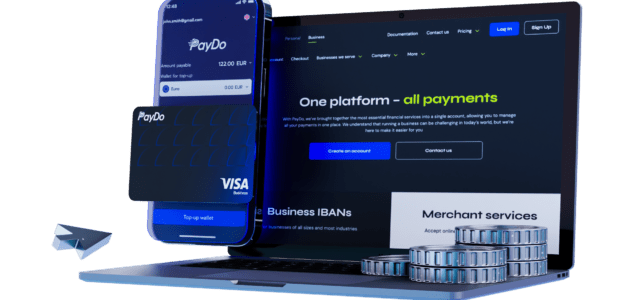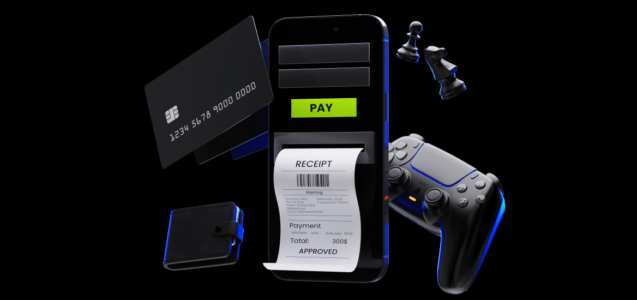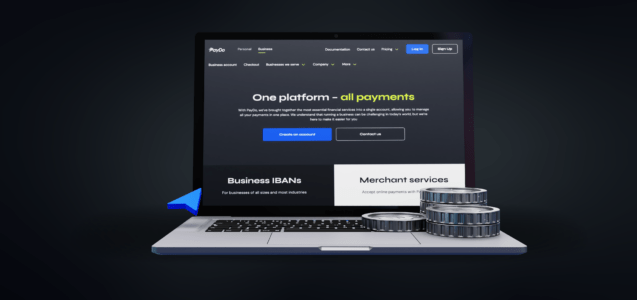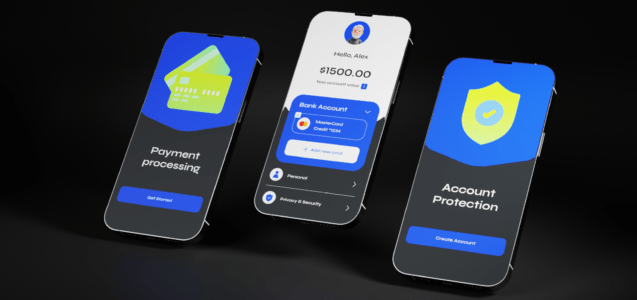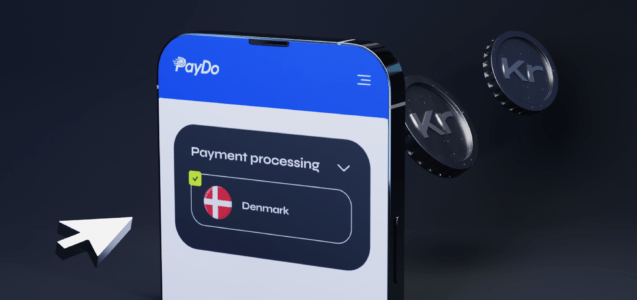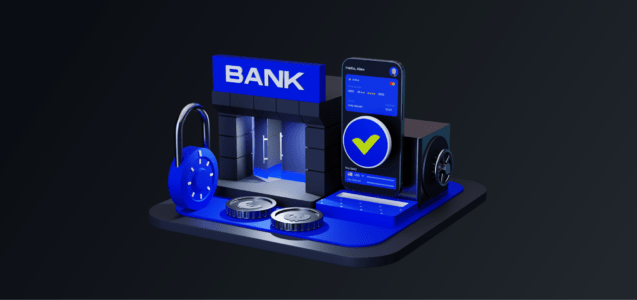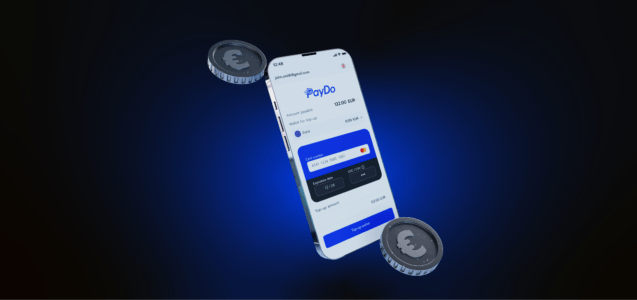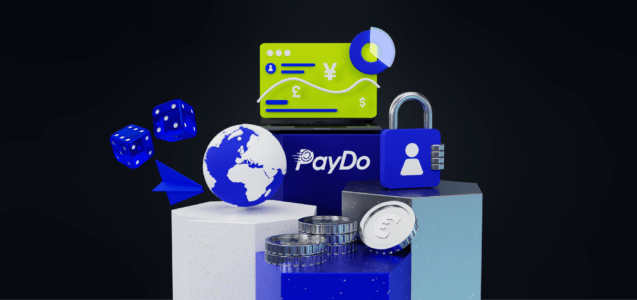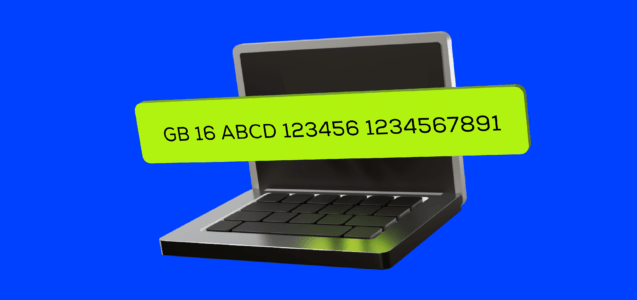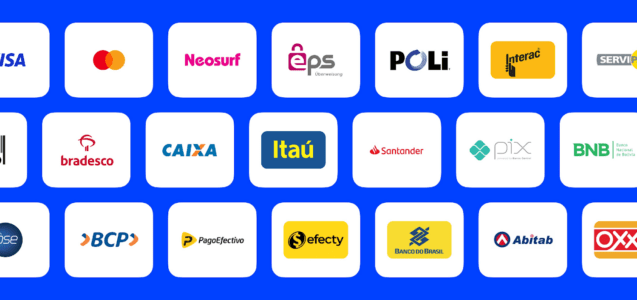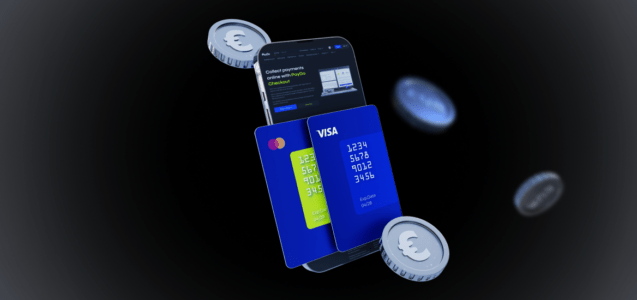Phishing attacks are the most widespread forms of cybercrime. According to Cisco’s 2021 Cybersecurity Threat Trends Report, phishing attacks constitute over 90% of all data breaches. This number is much higher than the total of malware and ransomware attacks affecting millions of users annually.
For instance, in the first quarter of 2022 alone, the Anti-Phishing Work Group documented over 10 million phishing attacks, and the numbers continued to rise steadily in the subsequent quarters.
That’s why companies and individuals must know how to spot some of the most common phishing scams to protect their personal and corporate information.
Toward that end, let’s discuss five of the most common types of phishing attacks and highlight some tips businesses can use to defend themselves.
What is a phishing attack?
In the cyber world, phishing is a deceptive method where hackers try to fool people into sharing sensitive information. They often do this by sending emails that seem legitimate, pretending to be from reputable companies, high-ranking officials, or trustworthy sources.
These emails may contain harmful attachments like documents or links. If you interact with them, you can lose your personal data, or your device can get malicious software. So, it’s crucial to stay vigilant and not fall for these traps.
Phishing attacks have been surging across all industries in 2024. Cloud services, social media platforms, and financial institutions witness substantial spikes, increasing 127%, 125%, and 121%, respectively.
Government sectors experienced the most significant rise at 292%, while e-commerce and logistics saw a 62% increase. Interestingly, only internet and telecommunication services observed a decline of 29%.
Financial services led the pack in terms of the total number of phishing URLs. Cloud services, social media platforms, e-commerce and logistics, internet and telecommunication services, and government sectors followed them.
The goal of these attacks is to make people do what the attackers want or give away their personal information. They use emotions like anxiety, curiosity, fear, or shock to trick people. Usually, the messages seem urgent or emotional to make people react quickly.
5 most widespread types of phishing attacks to be aware of
To protect yourself from possible attacks, it is important to recognize potentially dangerous messages. Let’s explore 5 of the most popular phishing scams everyone can run into.
1. Email
This is the most widespread type of phishing in the world. While it would be impossible to get a definitive answer, it’s estimated that people receive approximately 3.4 billion phishing emails every day.
Scammers craft emails pretending to be from real companies like banks or credit card companies, aiming to get your sensitive information. They might ask for your account login details or financial info like credit card or social security numbers.
Another trick involves fake links that scammers send, directing victims to websites they’ve set up. These sites might look like well-known ones like Amazon, PayPal, or a bank’s site. Instead of directly stealing info, these scams install malware on your computer, giving scammers full access to your device and allowing them to do whatever they want.
A simple example of phishing is when you receive an email telling you to click on a link to verify your PayPal account. At the same time, a person sees a warning that their account will be blocked otherwise – this is how emotional pressure works.
2. By target
Often, scammers send emails in bulk to large groups of people. However, more targeted attacks also occur – personalised ones. Hackers create such content to attack a specific company, enterprise, or even a specific person.
Unlike the first ones, such cyber criminals study their target to get to know it better. This approach has already received its name; many people know it as social engineering. Letters look the same as those from legitimate official sources.
One of the most famous cases occurred in 2016. The attack was on Amazon: after making a purchase, millions of customers received an email that their order had been shipped. In addition, there was only one attachment in the letter, which contained dangerous software, and by opening this attachment, many people risked getting ransomware viruses on their computers.
It even happens that phishing is aimed at a particular company employee. In this case, the fraudster sends a letter on behalf of the boss, which says that providing access to confidential information is necessary. If the scammer succeeds in this business, it can lead to disaster – a big leak of data about an employee or the entire company.
During Q3 2023, attackers employed diverse social engineering methods to target individuals successfully. These included phishing websites (54%), email (27%), social media scams (19%), and instant messaging hoaxes (16%).
3. Clone phishing
Cybersecurity experts consider this type of phishing as the most difficult to detect.
The principle is that the scammers clone a letter the victims had already received earlier. The only thing that can give out a scammer in this letter is the sender’s address. It will not be identical but very similar. In this case, the entire contents of the letter will be one-to-one with what the victim received earlier. However, the proposed links or additions may be infected, or the websites may be fake.
An instance of clone phishing involves receiving two similar emails, one from a slightly altered email address compared to the other. For instance, you might receive two identical emails, one from “support@amazon.com” and the other from “supp0rt@amazon.co.”
4. Whaling phishing
If you want to know what type of phishing attack targets particular individuals the most, the answer is whales.
This term may include chief executives of companies, chief operating officers, or other heads and superiors. Hackers trick these powerful people into giving away important information that could affect the company’s fate.
Naturally, such attacks are more thoughtful and planned for a long time. The preparation process takes a while to collect the necessary information. Usually, the main tool of hackers is emails that come from verified and trusted sources within the company or from external trusted agencies.
5. Pop up phishing
With this type of phishing, the victim sees a pop-up ad that contains malicious links and software. Hackers disguise themselves behind anti-virus protection. As a result, the victim’s computer gets even more dangerous viruses.
The manipulative tool of this tactic is intimidation. For example, a computer user will see a window appear on the screen, which says that his device is infected with a virus and the only way to delete it is to download the proposed type of antivirus software.
After downloading such software, the user can say goodbye to the previous software or to the entire device – the help of a specialist will be required.
Pop-up phishing example
Now that we have looked through the popular scams, let’s see how users can protect themselves.
Ways to avoid phishing and protect yourself
Despite scammers constantly devising new ways to deceive device users, there is still hope for avoiding trouble. Educating yourself on how to protect yourself or your company from cybercriminal attacks is essential. The process is straightforward – avoid making decisions based on emotions.
Here are some tips to stay safe:
Watch out for suspicious emails
Even if you receive an email from a seemingly trusted source, such as a bank, with a concerning subject like “Your account is blocked,” refrain from reacting immediately. Instead, remain calm and independently verify the information by logging into your account or contacting the bank directly.
Avoid clicking on suspicious links
If you receive an email from an unknown sender, refrain from clicking on any attached links. These links may lead to fake websites requesting personal information or installing malware on your device.
Beware of phishing attempts
Be aware that legitimate banks or credit card providers will never ask you to share sensitive information like credit card numbers, passwords, or insurance details via email. Ignore such requests and report them to the appropriate authorities.
Be cautious of pop-up ads
Cybercriminals may use pop-up messages, even on trusted websites, to trick users into downloading malicious software under the guise of antivirus protection. Avoid interacting with these messages.
Use a spam filter
Employing a spam filter can help block emails from illegal sources, but remain vigilant as some phishing attempts may still bypass this protection.
Install antivirus protection
Subscribe to trusted antivirus services to safeguard your computer from potential hacker attacks.
Pay via platforms and payment providers you trust
Use reliable payment tools that offer features such as password management and protection against phishing attacks.
At PayDo, we prioritize the safety of our client’s personal data. We employ the most advanced methods to safeguard all payment-related information and client identities:
- Payers authorize their transactions on our PCI-DSS level 1 compliant platform; all data we handle is completely protected.
- All card payments are protected with a 3D Secure code, an extra verification step.
- Every transaction is protected with sophisticated encryption.
- The money is kept in a separate client account at a reputable European credit institution. This ensures optimal security and full regulatory compliance.
If you haven’t already done so, we encourage you to create a PayDo account for secure global and local transactions. You can create both Personal and Business accounts depending on your needs and goals.
Summing up
Phishing attacks have become the most widespread cybercrime, affecting millions of users annually.
It is crucial for both individuals and companies to be aware of the most common types of phishing attacks and to take necessary measures to protect their personal and corporate information.
Scammers use deceptive techniques, such as fake emails or websites, to trick people into sharing their sensitive information, like login details or financial information. Therefore, it is important to stay vigilant and not fall for these traps.
There are different types of phishing attacks, but the most popular ones are email phishing and phishing by Target, which are aimed at stealing personal or corporate information. It is essential to recognize the potentially dangerous messages and follow tips to avoid them to prevent losing your data.
Contact our team to learn more about our services.


